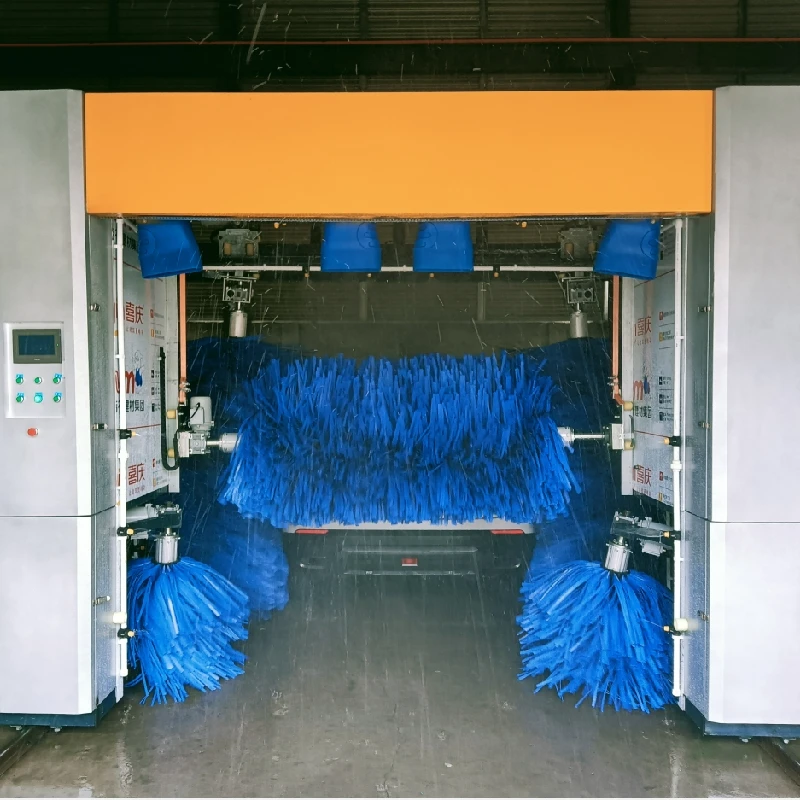1 月 . 31, 2025 02:08
Back to list
use pressure washer on car
Using a pressure washer on your car can be a quick and effective way to remove dirt, grime, and old residues that a typical hose might not handle efficiently. However, this method requires caution and expertise to avoid damage to the car's paint and components. Here’s a comprehensive guide that outlines the essential tips and techniques to safely and effectively use a pressure washer on your vehicle, ensuring that you achieve optimal results while maintaining the car's integrity.
Once rinsing is completed, promptly dry your car. Use high-quality microfiber towels or a leaf blower to dry the car as this prevents water spots and keeps the paint in pristine condition. Ensure the vehicle is completely dry before applying any wax or polish. Maintaining the pressure washer itself is also essential to uphold its longevity and performance. After every use, clean out the detergent siphon tube and empty the detergent tank. Rinse out the nozzle to avoid any blockages and ensure the machine is free from residual pressure before storage. Understanding the expertise required in handling a pressure washer is critical. Misuse can lead to chipping paint, water ingress in sensitive areas, and other damage. Only proceed with pressure washing if you feel confident, or consider consulting a professional, especially on high-value vehicles or those with custom paintwork. For those prioritizing trustworthiness and authority, it's beneficial to refer to reputable automotive detailing guides and manufacturers' instructions. Education from established resources ensures you apply industry-endorsed techniques. In conclusion, pressure washing a car can be highly effective if executed with precision and caution. With the right equipment, techniques, and a little know-how, your car can achieve a professional-standard finish while securing its finish and protective layers. Always prioritize the right combination of pressure, technique, and care for optimal results.


Once rinsing is completed, promptly dry your car. Use high-quality microfiber towels or a leaf blower to dry the car as this prevents water spots and keeps the paint in pristine condition. Ensure the vehicle is completely dry before applying any wax or polish. Maintaining the pressure washer itself is also essential to uphold its longevity and performance. After every use, clean out the detergent siphon tube and empty the detergent tank. Rinse out the nozzle to avoid any blockages and ensure the machine is free from residual pressure before storage. Understanding the expertise required in handling a pressure washer is critical. Misuse can lead to chipping paint, water ingress in sensitive areas, and other damage. Only proceed with pressure washing if you feel confident, or consider consulting a professional, especially on high-value vehicles or those with custom paintwork. For those prioritizing trustworthiness and authority, it's beneficial to refer to reputable automotive detailing guides and manufacturers' instructions. Education from established resources ensures you apply industry-endorsed techniques. In conclusion, pressure washing a car can be highly effective if executed with precision and caution. With the right equipment, techniques, and a little know-how, your car can achieve a professional-standard finish while securing its finish and protective layers. Always prioritize the right combination of pressure, technique, and care for optimal results.
Prev:
Next:
Related PRODUCTS




